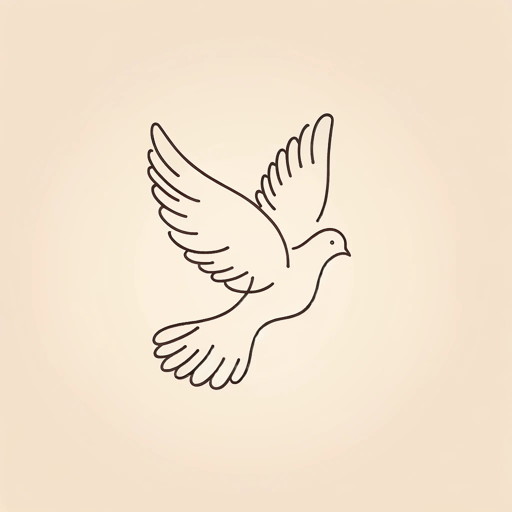34 pages • 1 hour read
James H. ConeThe Cross and the Lynching Tree
Nonfiction | Book | Adult | Published in 2011A modern alternative to SparkNotes and CliffsNotes, SuperSummary offers high-quality Study Guides with detailed chapter summaries and analysis of major themes, characters, and more.
Important Quotes
“The cross and the lynching tree are separated by nearly 2,000 years. One is the universal symbol of Christian faith; the other is the quintessential symbol of black oppression in America.”
(Introduction, Page 15)
The origin of the title lies in the author’s use of the parallel imagery found between the crucifixion scene in the Gospels—where Jesus of Nazareth, an innocent victim, is hung from a tree to die—and the countless scenes of innocent Black men and women strung from trees as retaliation for imagined slights and trivial encounters. The paradox lies not just in the fact that the cross, an instrument of torture, is the primary symbol of Christian faith and hope. There is also a paradox in that the white population who were the perpetrators of the lynchings were mostly Christians.
“The cross is a paradoxical religious symbol because it inverts the world’s value system with the news that hope comes by way of defeat, that suffering and death do not have the last word, that the last shall be first and the first last.”
(Chapter 1, Page 24)
One of the primary doctrines of the Christian faith is that the wisdom of God is precisely not the wisdom of human beings. What humans consider to be foolish—God becoming human only to die a bloody death on a Roman cross—God chose as the means for universal salvation. Opposed to the typical human response to suffering and oppression, God was united in solidarity with the poor and oppressed in Jesus of Nazareth, demonstrating that the darkest moment of certain defeat was the means by which victory was achieved.

